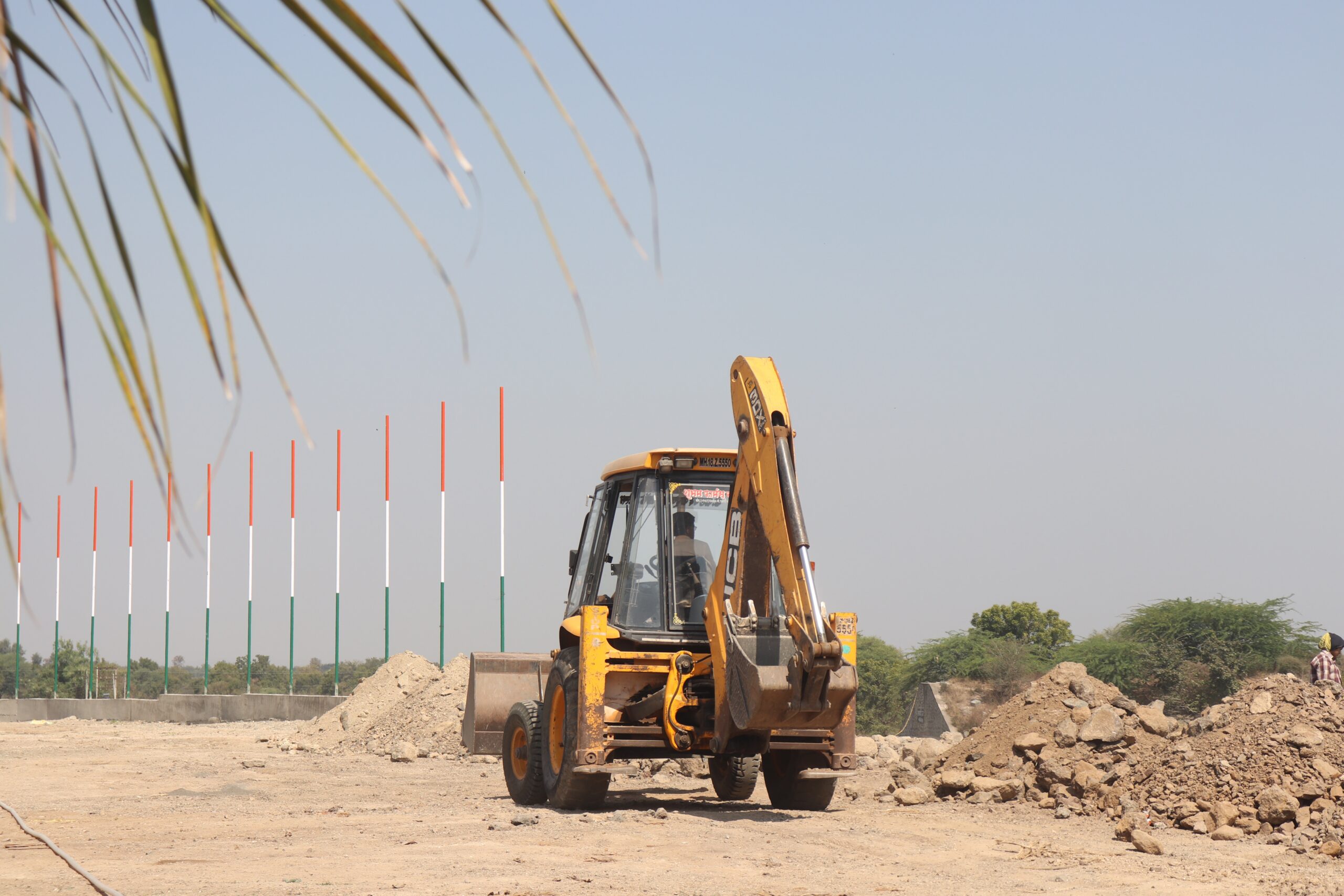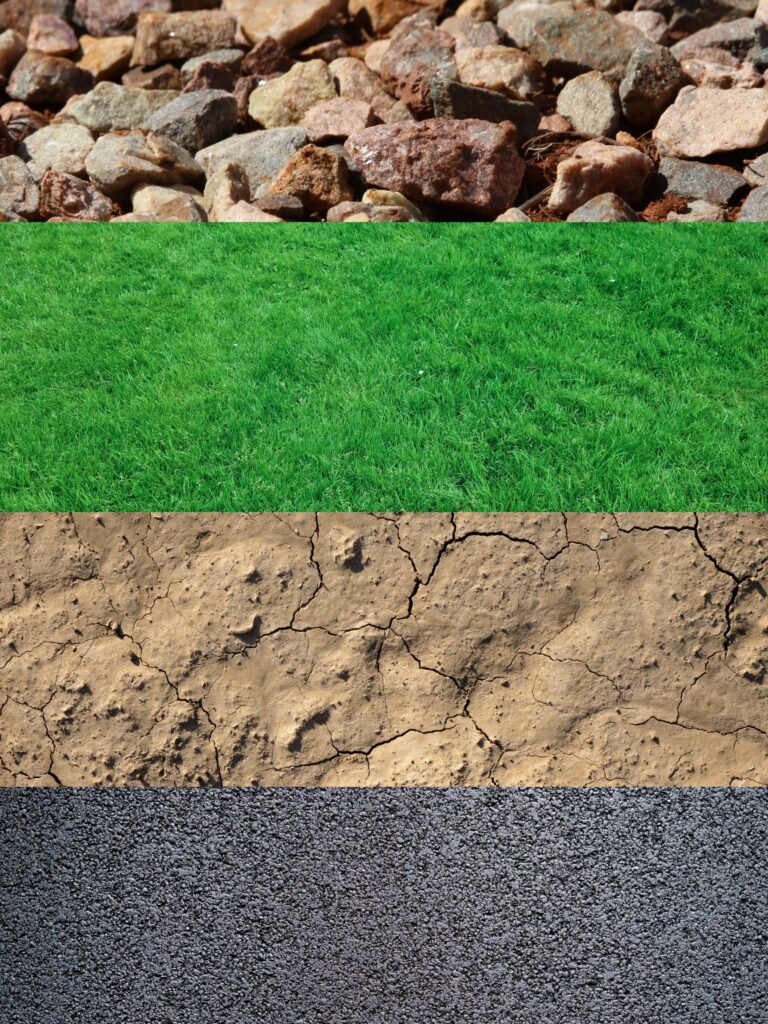How to Choose an Application-Specific Construction/OTR Tire?
In the construction industry, time means money and with an abundance of jobs occurring, construction business owners need to make the most of every moment to maximize profits. Outfitting equipment with application-specific construction/OTR tires can help cut costs and increase productivity levels but, how do you know you are picking the correct tire for your application? Below are three main questions to ask when choosing an application-specific construction/OTR tire.
TRA Type
Do you know what type of tire you need? Each construction/OTR tire is classified by TRA Type to simplify the selection process. TRA codes refer to the tire’s classification and tread depth. For example, a TRA of L3 means the tire is a loader-classified tire with a level 3 tread depth. Keep in mind, the tread depth of the tire increases as the TRA code level increases making it crucial to understand your tires’ TRA code to ensure proper performance.
There are 4 TRA Types:
- C = Compactor
- G = Grader
- E = Earthmoving
- L = Loader and bulldozer
Within these 4 tire types, there are also different tread depths and tread patterns, for very specific uses. These differences are indicated by a number. The choice of this number should be based on the type of ground you are operating within and the tires condition of use
There are 6 different tread depths:
- 1 = Ribbed (normal tread depth)
- 2 = Traction (normal tread depth)
- 3 = Normal (normal tread depth)
- 4 = Deep (deep tread depth)
- 5 = Very deep (very deep tread depth)
- 7 = Flotation (normal tread depth)

Roadability
Will your machine be trailered or roaded from job to job? This is an important question to ask yourself before purchasing a tire for your application. A construction/OTR tire’s design and compounding will restrict how far and fast you can travel on the job site. For your convenience, MAXAM has a list of load index and speed symbols to help you sort out what series would work for your application.


Terrain
Will your machine be operating on soft or hard surfaces? Construction/OTR equipment operating in mostly soft soil or mud benefits from a tire with deep lugs. Deep lugs deliver enhanced traction, reduce slippage in soft conditions, and can have self-cleaning capabilities increasing run time on your site. Equipment working on hard surfaces benefits from a tire with a block-type tread pattern. Block-type tread patterns provide a comfortable ride, decrease the chances of suffering a flat, increase fuel economy, and wear at slower rates.



